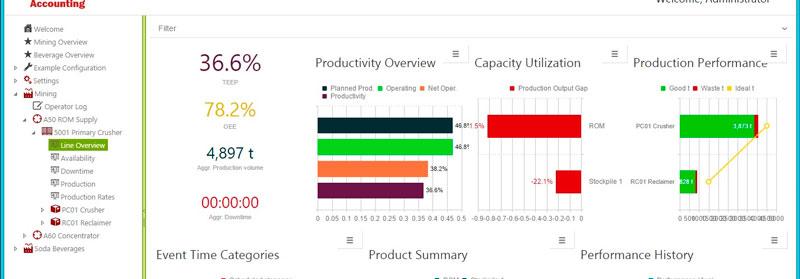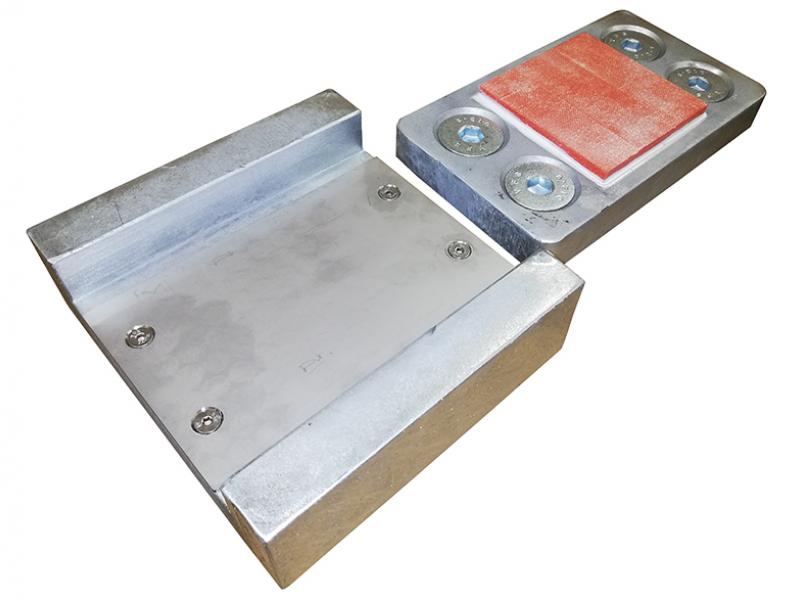At the heart of any control and automation system is a software solution that, when designed correctly, provides valuable insight into a plant’s operational and business objectives. However, with so many variables to consider, a significant number of companies have difficulty identifying the right solution for their particular application.
“While there are a number of factors to consider when designing a new software solution or updating an existing system to meet changing requirements, a solution can be developed that will meet a customer’s operational and business objectives by following a systematic process,” advises Jeff Phoon, engineering team leader at Global Solutions, Rockwell Automation.
Developing a software solution
The first step in developing an effective software solution is to develop a User Requirements Specification to identify specific customer requirements. “This is where IT and automation cross because traditionally this step is performed by business analysts in the IT world, but now our engineers also provide this expertise,” says Phoon.
The next stage in developing a software solution is determining the functional requirements of the system. This involves identifying and analysing the capabilities that the system needs to provide. By adopting a collaborative methodology, the engineer together with the end customer work together to identify these requirements.
“In the early stages of software design, it’s difficult for the customer to have a complete understanding of all their system requirements. By adopting our collaborative methodology, we can leverage our domain experience to deliver a detailed analysis of the functional requirements for a particular application,” Phoon explains.
“We can also conduct a FIT-GAP analysis where we look at the standard features of a software platform in relation to the requirements of a specific application and determine if anything has to be done to extend the features to meet the customer specification. Sometimes even the most complete ‘off the shelf’ software package requires some level of customisation.”
Once the User Requirements Specification and functional requirements have been determined the software solution moves into the implementation stage. This involves detailed design and developing the solution for testing.
The User Acceptance Testing phase provides the opportunity for the end user to verify that the solution meets the functional requirements. Once complete, operator training can be conducted and then the software solution can ‘go live’.
Adopting best practice in the software development lifecycle reduces risk and allows end users to get a better handle on project costs. Phoon emphasises that poor planning estimates can lead to project failure but with proper planning and execution, software solutions can be developed effectively on time and within budget.
Avoid drowning in data
In the big data era, access to information is more important than ever as global competitive pressures mount. As a result of advances in connectivity and access to operational information from control systems, the amount of data that is easily accessible has increased exponentially. However, the assumption that more data is better data is not necessarily correct, making identifying the important data a key priority to provide operational insight and value.
“Once we have a clear understanding of the important data points, the next step is contextualising this information so that operators can see information that is important for their role,” explains Phoon.
“For example a production manager may be interested in an overall production summary dashboard whereas a plant floor supervisor would need more detail in terms of a daily summary report so they can delve a little deeper as to the reasons why a machine may have shut down. We have the technology and application knowledge to present the data based on who is looking at it and what their roles are.”
The ultimate goal is to get the right data to the right people in as close to real time as possible so they can make informed decisions to optimise production and improve productivity.
Making it mobile
Smart mobile devices have become an essential part of everyday life. We now have the technology to view, analyse and respond to operational information from anywhere at any time. “Although manufacturing information is often behind the rest of the IT world, industrial operations are now benefiting from better ways of presenting data through web portals, tools and libraries,” says Phoon.
The Rockwell Automation web-based manufacturing business intelligence platform, FactoryTalk VantagePoint, now provides access to production information on mobile devices as well. Providing the right information to the right person at the right time delivers flexibility in manufacturing processes, providing the capability to make decisions remotely, improve efficiencies and reduce downtime.
Through the use of real time alarming, mobile devices can alert operators to issues that if left unchecked, would impact on production. This allows the operator to address the problem before it escalates, reducing downtime and improving efficiency and reliability.
“The software design process can also take into account mobility requirements by identifying important information for operators, programming alarming as required and best practice for data presentation. This process provides a solution that addresses the operator’s requirements and allows them to make smart business decisions quickly,” says Phoon.
Smart software bridges the gap
The information-enabled Connected Enterprise can deliver greater productivity, better utilisation of assets and improved decision making. When designed correctly, smart software solutions can unlock data providing operational insight and improved productivity.
“Advanced software solutions are designed to get the most from hardware solutions. For example, Rockwell Software can improve operations and lower the total cost of ownership by bridging the gap between the plant floor and business enterprise systems,” said Phoon.
“In speaking with customers, we find that identifying the specific data required and then configuring the system to meet these unique requirements is a challenge they need to address. To help with this, our local Global Solutions team works with customers to help design and configure the software to suit specific requirements and reduce implementation time.”






